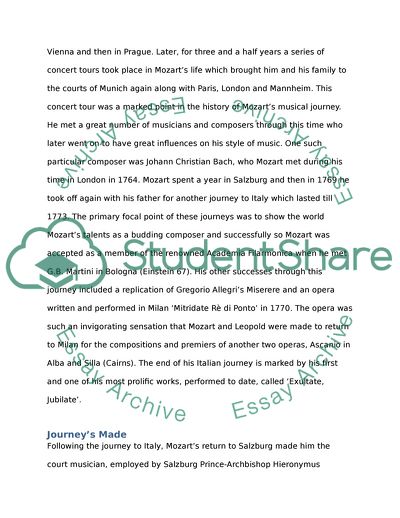Cite this document
(A Sketch of Mozart Essay Example | Topics and Well Written Essays - 1250 words, n.d.)
A Sketch of Mozart Essay Example | Topics and Well Written Essays - 1250 words. https://studentshare.org/music/1800887-a-sketch-of-mozart
A Sketch of Mozart Essay Example | Topics and Well Written Essays - 1250 words. https://studentshare.org/music/1800887-a-sketch-of-mozart
(A Sketch of Mozart Essay Example | Topics and Well Written Essays - 1250 Words)
A Sketch of Mozart Essay Example | Topics and Well Written Essays - 1250 Words. https://studentshare.org/music/1800887-a-sketch-of-mozart.
A Sketch of Mozart Essay Example | Topics and Well Written Essays - 1250 Words. https://studentshare.org/music/1800887-a-sketch-of-mozart.
“A Sketch of Mozart Essay Example | Topics and Well Written Essays - 1250 Words”. https://studentshare.org/music/1800887-a-sketch-of-mozart.


